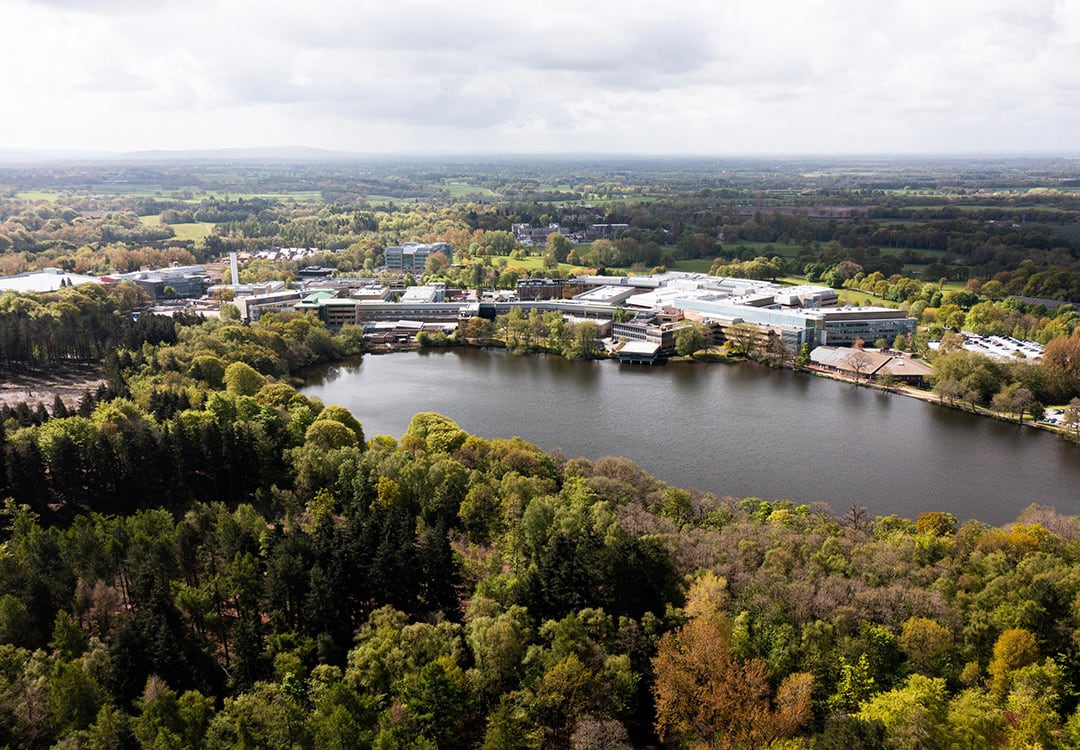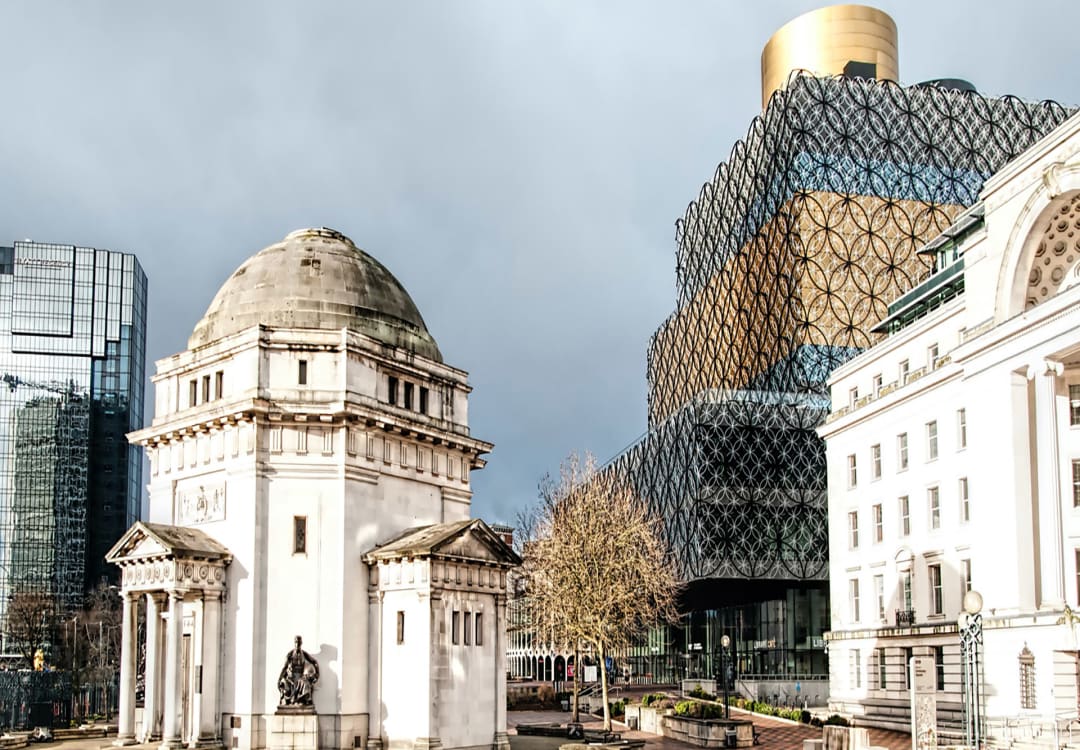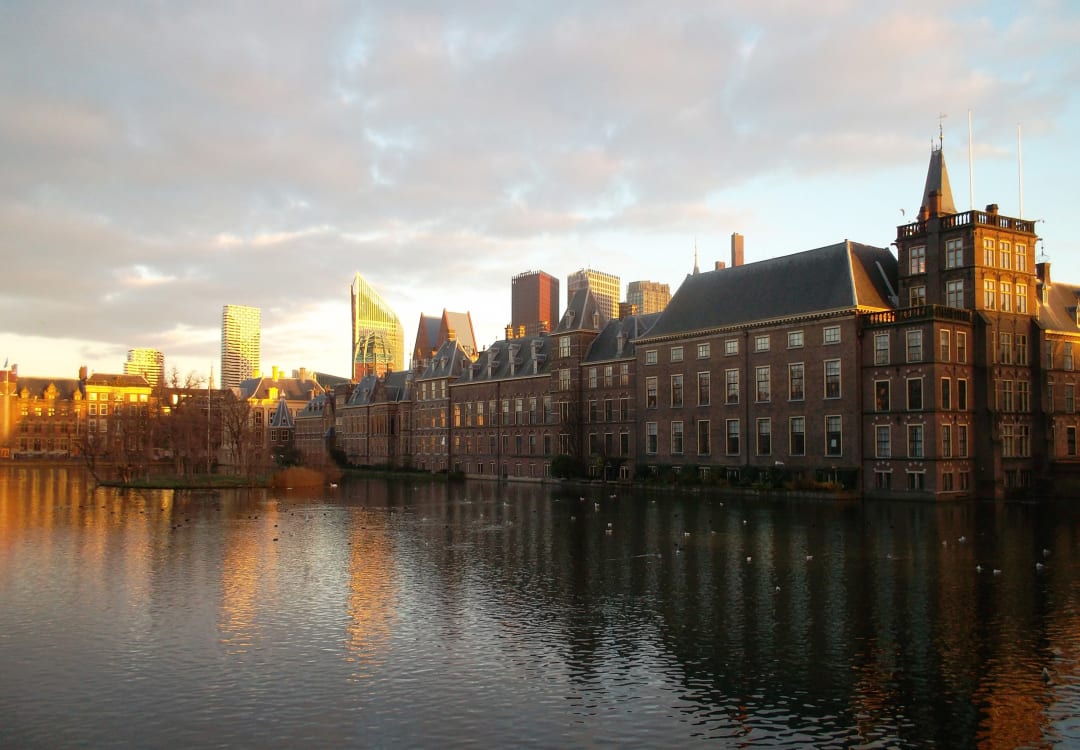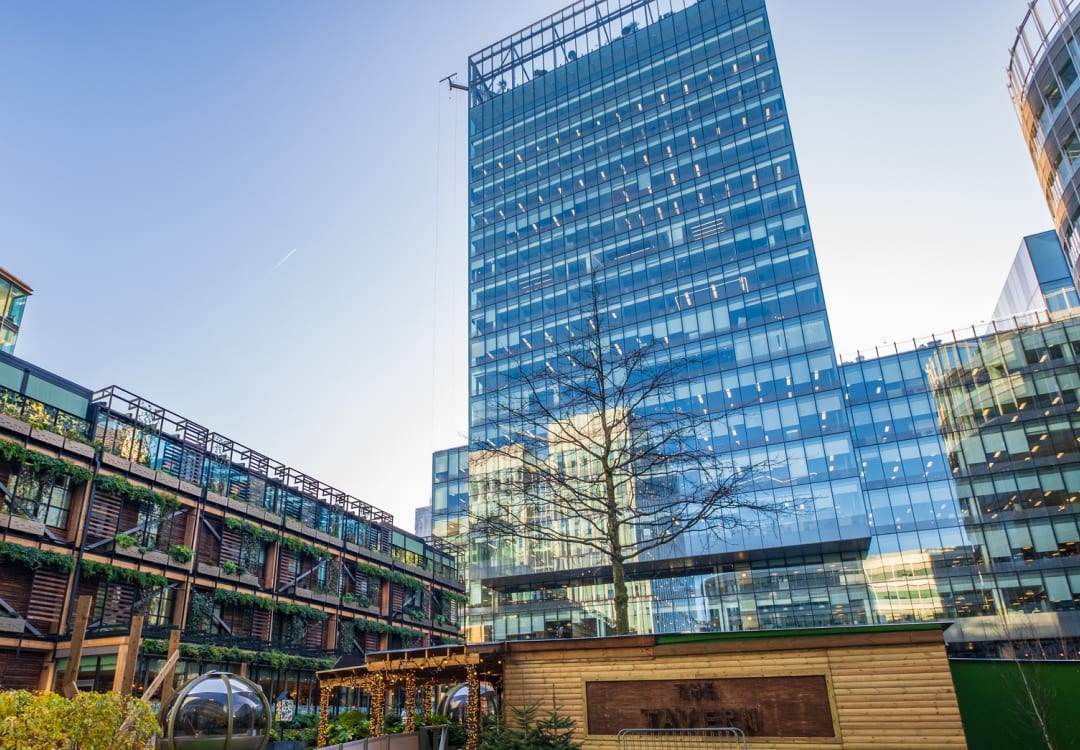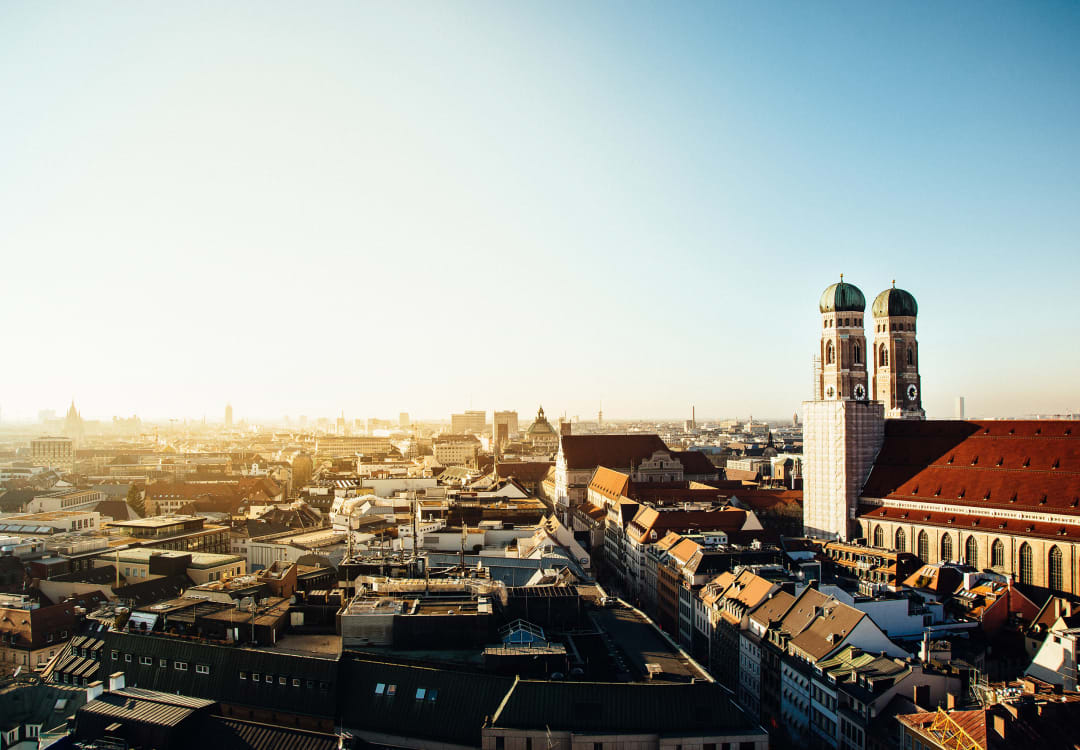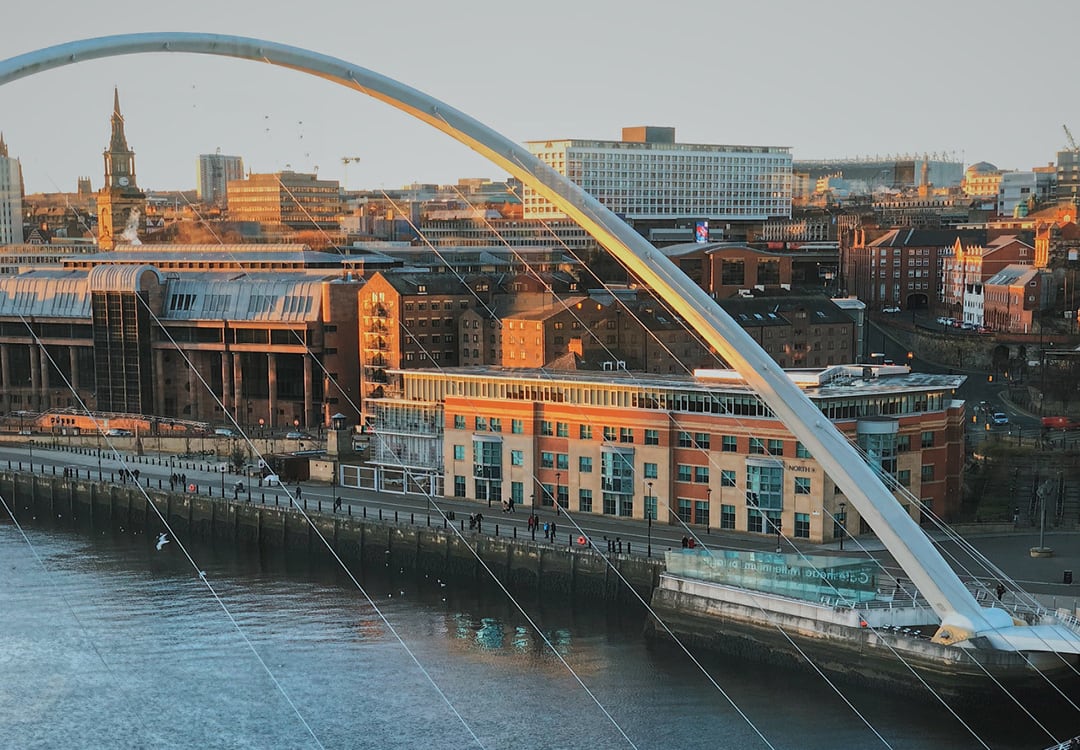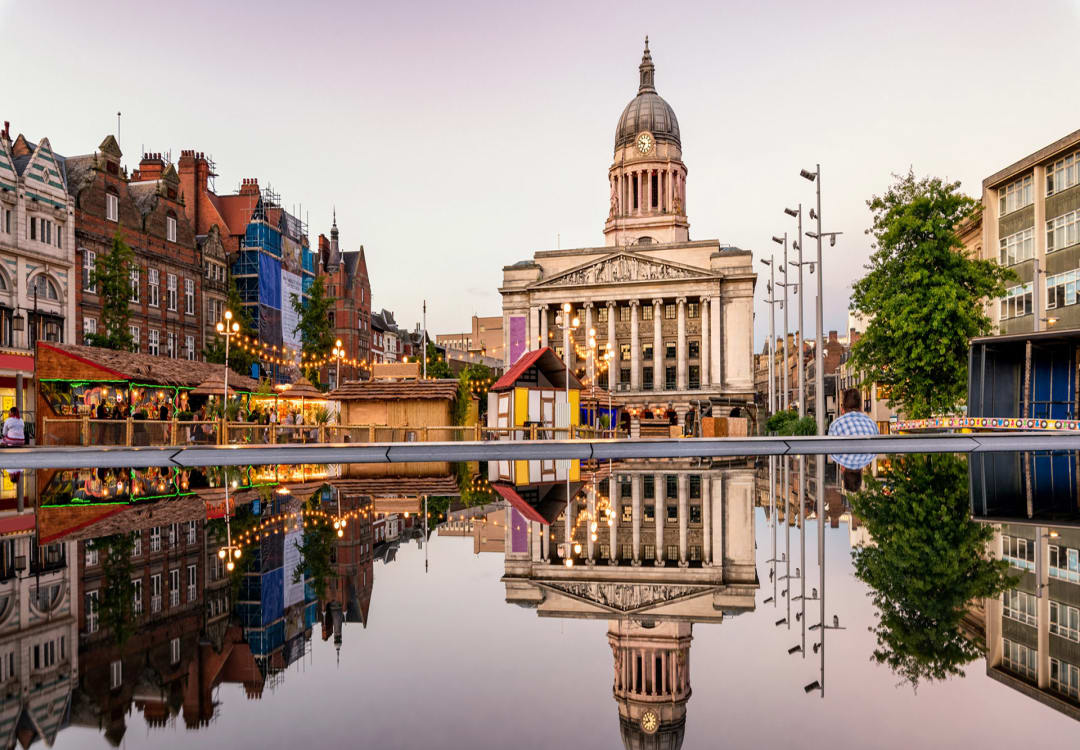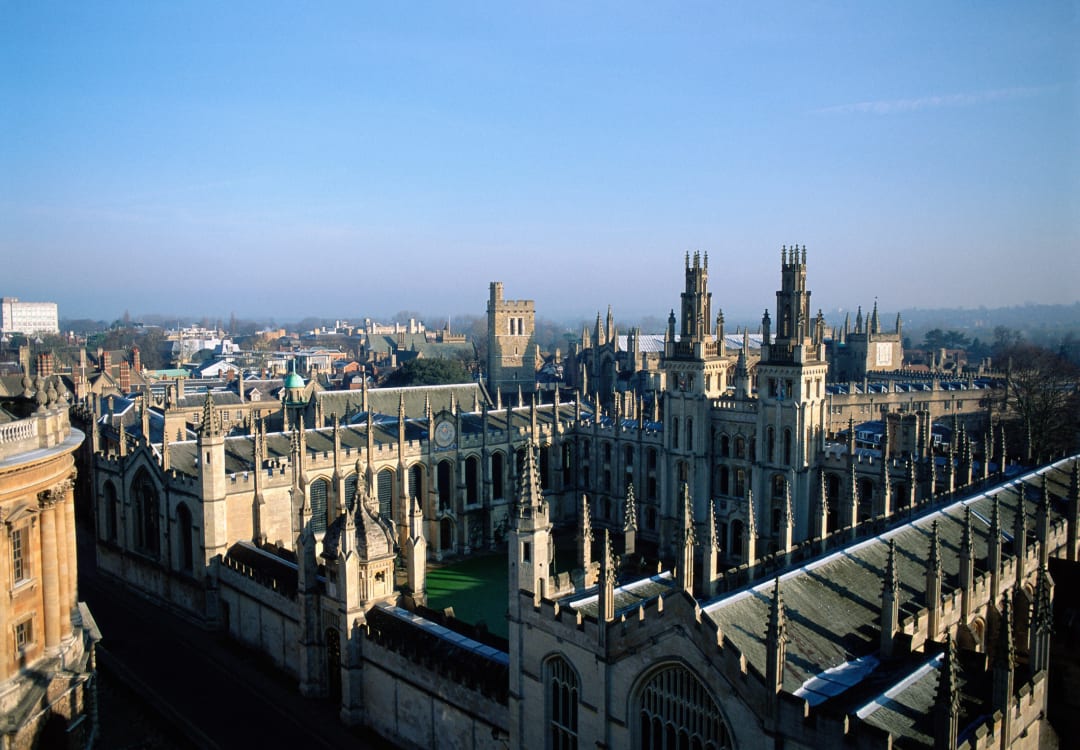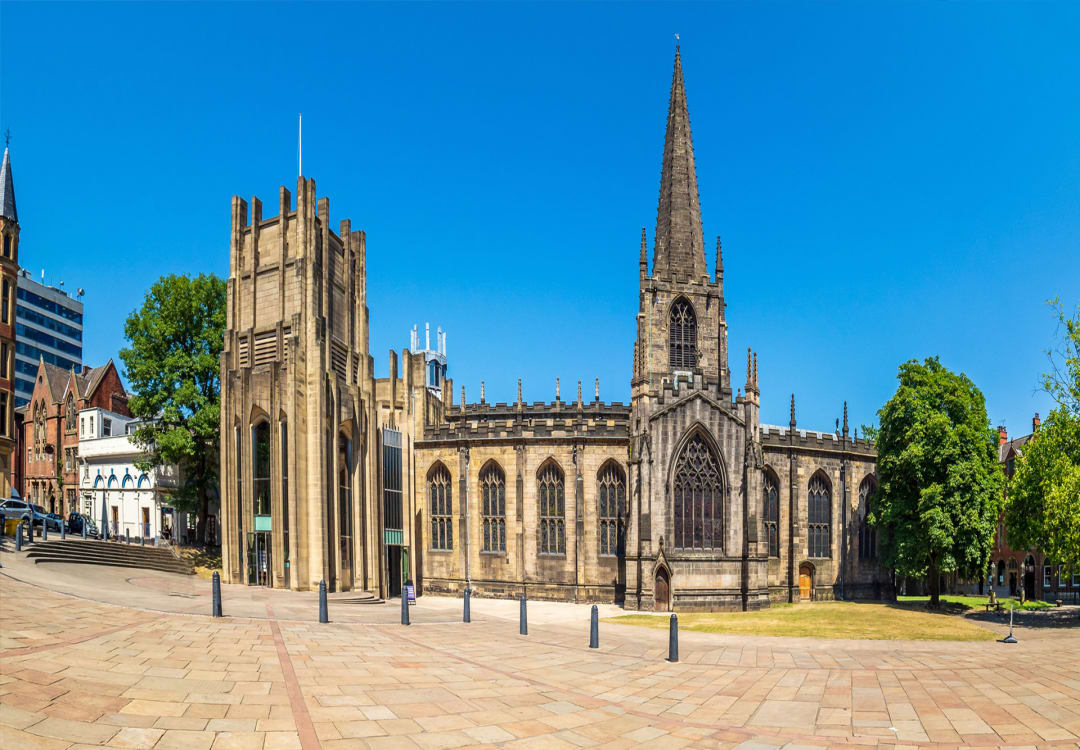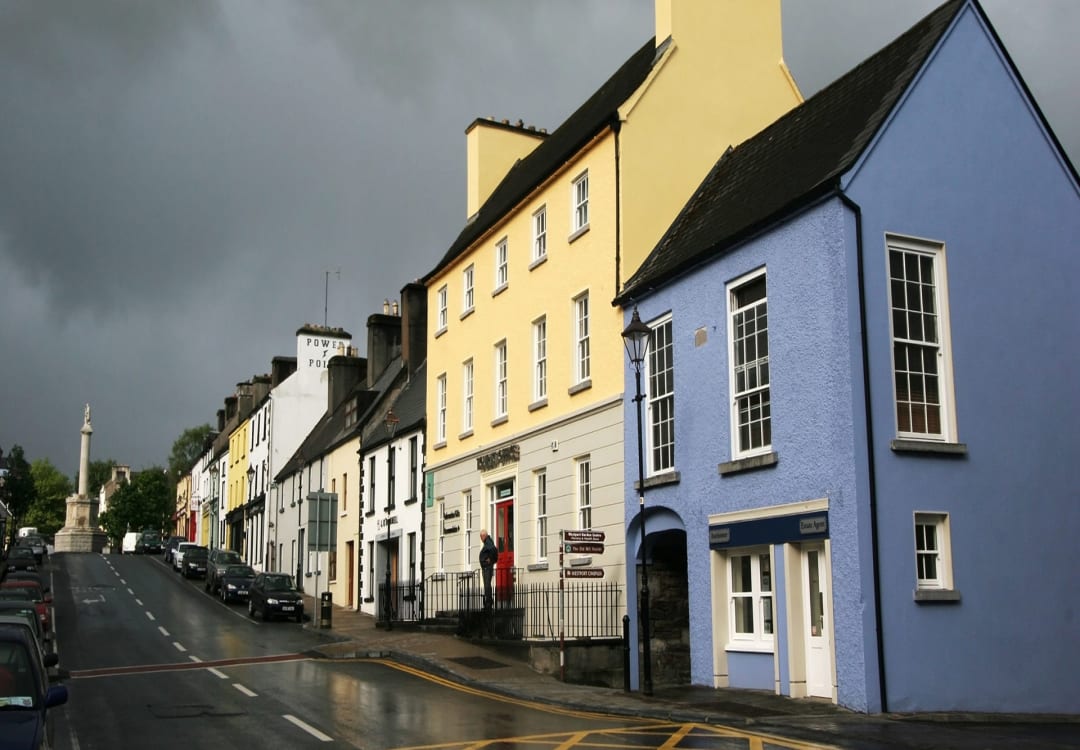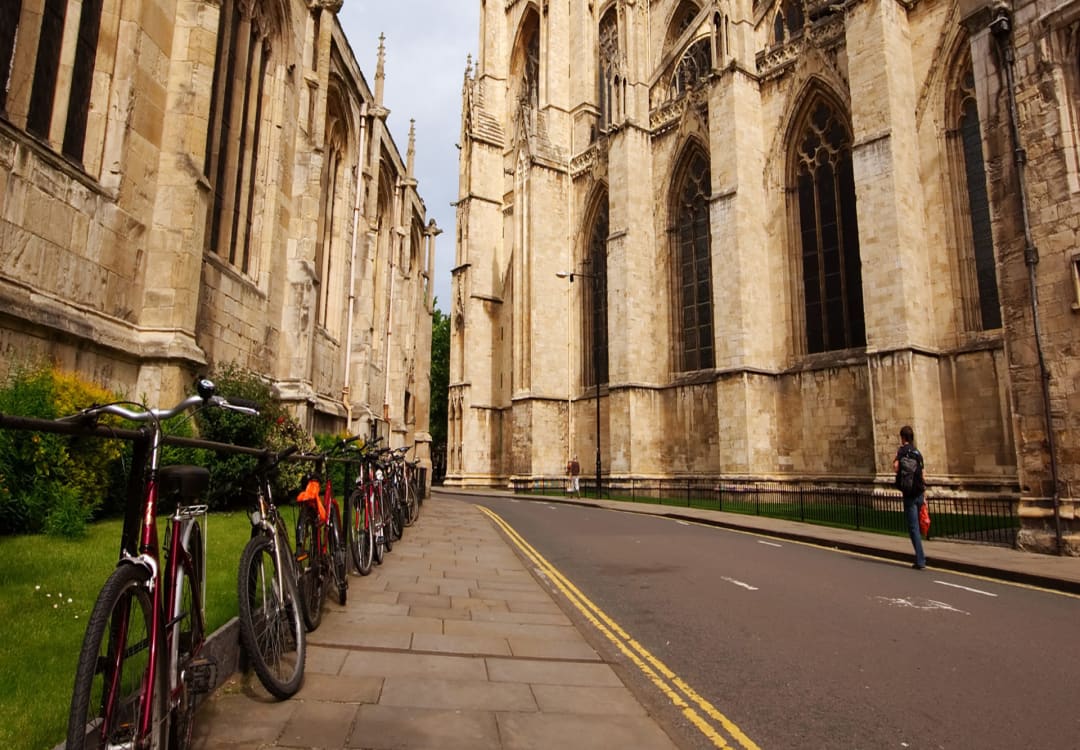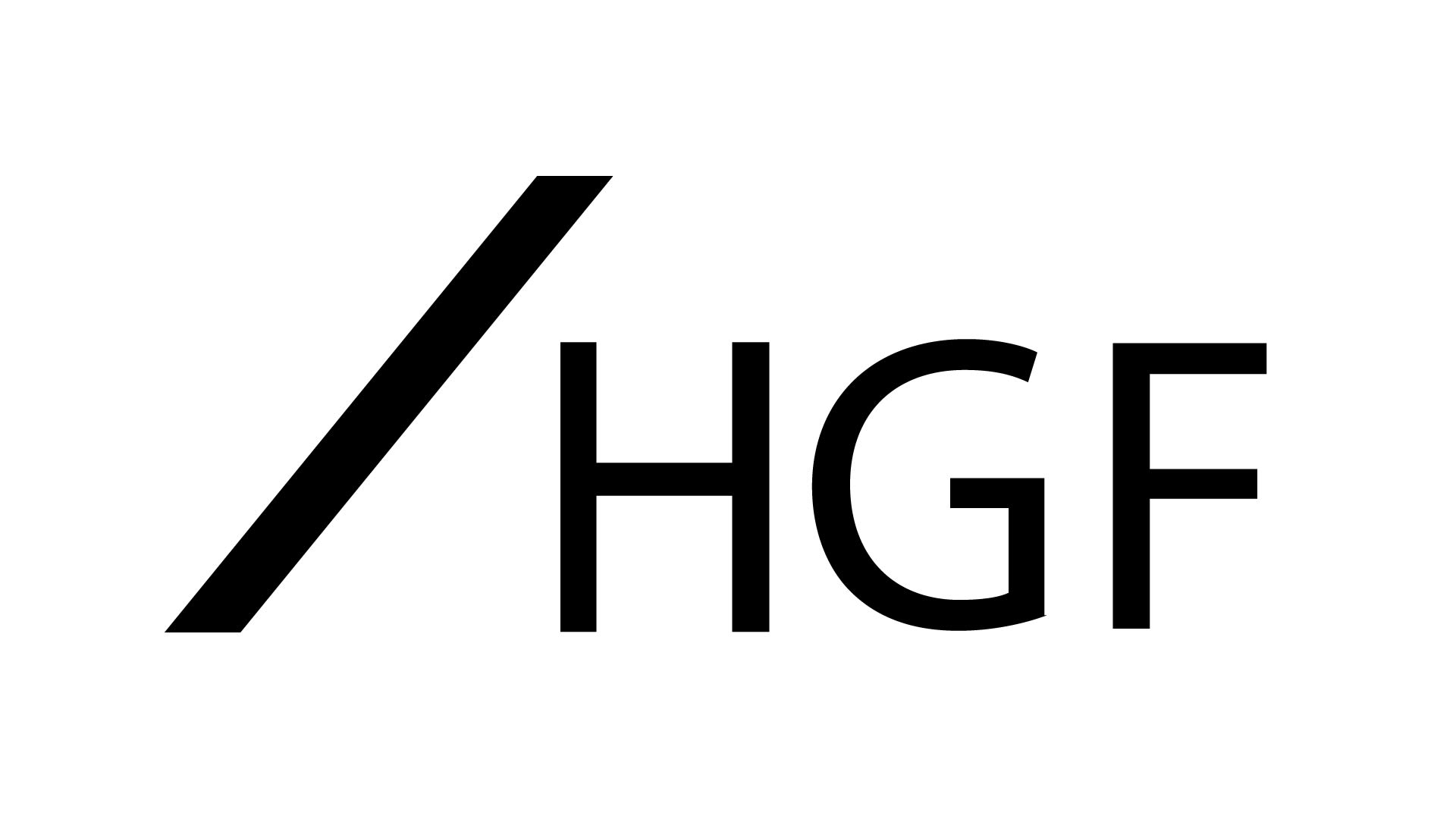Retail Scanner
The skin we don’t live in
November 2020
Veganism has surged in popularity in recent years, with more than 600,000 self -described vegans in the United Kingdom as of 2018, up from 150,000 in 2006.[1] Now attention is turning from plates to wardrobes and with it, the search for sustainable alternatives to leather. Leather has a huge environmental impact as a by-product of the meat industry, in terms of land and water use, large scale deforestation and emissions but also the toxic chemicals used in the tanning process.
Pioneers of leather alternatives, such as Stella McCartney and Canadian brand, Matt & Nat (short for materials and natural) have long used recycled polyester or polyurethane (PU), colloquially known as “pleather”. Whilst these materials have less of an environmental impact per kg of material in comparison with leather (both in terms of land use and in greenhouse gas emissions) they are still derived from fossil fuels and therefore not necessarily the sustainable options they have previously been held out to be.
New materials based on plant matter seem to be filling the gap. A crop (forgive the pun) of viable leather alternatives have been developed, including those from pineapple leaves (Piñatex ®), cactus leaves, apples, mushrooms and even coffee.
Piñatex
One of the most successful new materials, Piñatex ®, (a registered trade mark) is made from cellulose extracted from pineapple leaf fibres. It has the advantage of being a product used and developed according to the principles of a circular economy, that is, an economy which is restorative and regenerative by design, not the take-make-waste associated with the traditional industrial model. A circular economy is guided by three key principles:
- to design out waste and pollution;
- keep products and materials in use;
- regenerate natural systems.
Piñatex ® also claims to be a product embodying cradle to cradle values. This means that whilst it benefits the environment and workers through its production, at the end of its lifecycle, it can also be recycled or biodegrade. As an agricultural waste product, Piñatex ® provides an additional source of income for small scale farmers and their communities with minimal environmental impact.
From an aesthetic angle it is also one of the most interesting alternatives to leather, with a rustic crinkled appearance, which has been beautifully worked into bags, shoes, wallets and jackets. Its major downside from a sustainability perspective is that it still uses a PU coating, albeit one which is REACH compliant and lacking detectable volatile compounds. Nonetheless, it is one of the most promising sustainable alternatives to leather and is already being incorporated into a variety of products.
The Pinatex® trade mark acts in a similar way to marks such as like Lycra®, where certain technologies in the fibres are certified and thus assureconsumers that the pioneering fabric developed by Dr Carmen Hijosa is the genuine article incorporated into their product.
Cork
Cork has long been a hero product when it comes to sustainability. Harvested from the cork oak, a tree endemic to southwest Europe and northwest Africa, it is extracted without causing damage to the tree. Cork has now moved beyond wine stoppers and bathroom floor tiles to backpacks, shoes and wallets. Its high durability (it is scratch proof) and its inimitable appearance make it a popular and beautiful alternative to leather, as does it water resistant properties.
As with products made from Piñatex®, fashion items made from cork are already widely available.
Cactus Leather
Touted as a potential rival to Piñatex ®, cactus leather was developed by two Mexican entrepreneurs, from the Nopal cactus. The cactus leather is named Desserto®. Deserttex®, the brand name given to another variant of cactus leather, is aimed at the automotive industry. Like cork, the manufacture of cactus leather, involves stripping the outer leaves from the plant and leaving the inner cacti core intact. In 6-8 months, the other leaves will re-grow ready to be harvested again. As you would expect with a cactus, very little rainwater is required for the plant to grow another factor which underlines its sustainability.
The downside to cactus leather is that it is at a relative early stage in the commercialisation process, having only been debuted in 2019. It is therefore only available in limited colours and hasn’t yet been widely incorporated into many products. However, its similarity to leather and its durability have created a huge amount of interest. It remains to be seen if Desserto becomes widely adopted as a sustainable alternative to leather and its longevity. Its founders claim it can survive for 10 years – a considerably shorter timeframe than most leather.
Mushroom leather
Originally developed in 2013, by Danish product designer, Jonas Edvard, mushroom leather, known as “MYX” was created from the mushroom spores and plant fibres left over from commercial oyster mushroom production. Initially used by Edvard in the creation of a lampshade, after being applied to a hemp and linen substrate, the lightweight and flexible nature of the textile have presented a range of possible applications.
Mushroom leather is grown without the use of any chemicals and is both completely biodegradable and compostable at the end of its lifespan. There are multiple ways of producing it and the techniques for doing so are currently being refined. One such company in the field, Ecovative Design has developed mushroom fibres for insulation, packaging, textiles and apparel. It partnered with high-performance textile developers, Bolt Threads to create Mylo™, the highest quality and leather-like mushroom leather yet, which has been incorporated into Stella McCartney’s iconic Falabella bag.
Lastly, two other vegan alternatives worth mentioning are apple leather and coffee leather. Like both Pinatex® and mushroom leather, apple leather is made from discarded apple skins and cores, with minimal amounts of PU to bind it and coffee leather is as you might expect, made from discarded coffee grounds. The patented coffee leather was developed in Germany by German shoemaking company Nat-2 and has already been incorporated into a pair of vegan sneakers.
With the vegan leather industry predicted to be worth $89.6 billion by 2025[2] the demand for truly sustainable alternative to leather is skyrocketing. Time will tell the extent to which these products are equivalent to leather in durability and longevity and how widely they can be incorporated into a range of products. But in terms of appearance, many alternatives are already equal or better and in their environmental impact, miles ahead.
[1] According to a survey by the Vegan Society, see: https://www.bbc.co.uk/news/business-44488051
[1] https://www.prnewswire.com/news-releases/vegan-leather-industry-size-worth-89-6-billion-by-2025–compound-annual-growth-rate-of-49-9-infinium-global-research-301016124.html
This article was prepared by HGF Senior IP Solicitor Emily Nousios.



